June 19, 1936: Louis vs Schmeling
 Think back, if you will boxing fans, and recollect those breathless days of yesteryear, when the young, can’t-miss prospect, the next great star of the ring, thrilled you as he bounded over the obstacles to fistic success as if they were so many playthings in a child’s sandbox, talented contenders as threatening to this boxing immortal-to-be as a moth to a mountain lion.
Think back, if you will boxing fans, and recollect those breathless days of yesteryear, when the young, can’t-miss prospect, the next great star of the ring, thrilled you as he bounded over the obstacles to fistic success as if they were so many playthings in a child’s sandbox, talented contenders as threatening to this boxing immortal-to-be as a moth to a mountain lion.
Which one comes to mind? Fresh-faced Olympic gold medalist Oscar DeLaHoya, as he cruised through the super-featherweight and lightweight divisions on his way to demolishing a grizzled Julio Cesar Chavez? A young Floyd Mayweather Jr., notching win after win to fulfill his family pedigree? Sugar Ray Leonard charming the American public while charting a course to success in the late 70s? Or how about a 19-year-old Mike Tyson, already on the cover of Sports Illustrated, flattening one hapless opponent after another as he blazed a path of non-stop destruction towards championship glory?
Now imagine for a moment if, right before “Kid Dynamite” had blasted Trevor Berbick into next week or demolished Michael Spinks in a mere 91 seconds, a veteran heavyweight who everyone thought long finished, say a Ken Norton or a Mike Weaver, had managed to not just defeat Tyson, but humble him, handing him a one-sided drubbing that called into question his status as the next great heavyweight. If you can picture that happening and contemplate the shock-waves which would have emanated from such an upset, then you have some idea of how huge a happening the first Louis vs Schmeling bout was, when the wily veteran dismantled the young, undefeated contender, battering him about the ring for eleven one-sided rounds before finally scoring a clean knockout in the twelfth.
Prior to this fateful match, Joe Louis had enjoyed the stature of champion-in-waiting, which was no small development given that Louis was black and just two decades removed from the only other “colored” heavyweight champion up to that point, Jack Johnson. Unlike Johnson, Louis maintained a placid and soft-spoken demeanor, one which ruffled no feathers among any nervous citizens who still had nightmares about the incorrigible Johnson openly taunting his white opponents and further taunting Caucasian society outside the ring by marrying white women and generally doing what he damn well pleased.
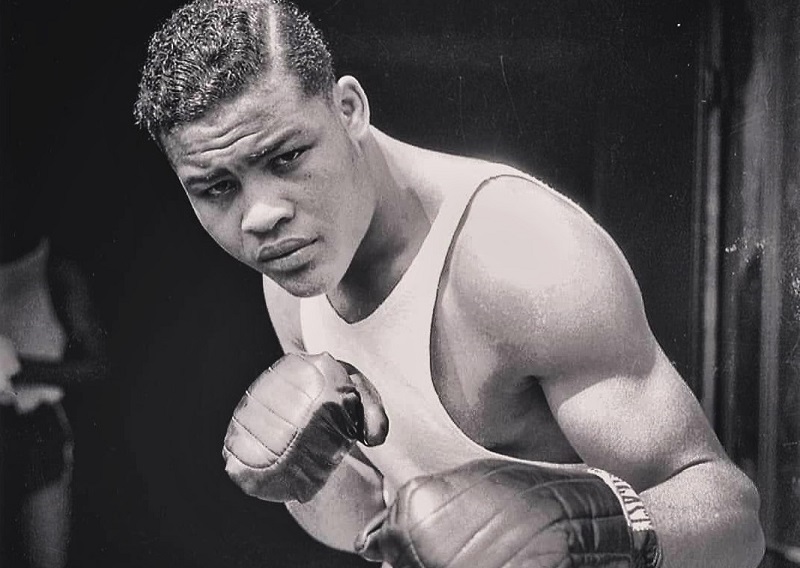
Louis posed no such problems and in the meantime had laid waste to the heavyweight division, dispatching contenders and former champions alike with breathtaking efficiency. Lee Ramage, King Levinsky, Primo Carnera and Max Baer were all reduced to so much rice pudding within a few short rounds, such was “The Brown Bomber’s” punching prowess and awesome accuracy. The Baer win had been the most scintillating, as the former champion had been regarded as still a major force in the division. An incredible mob of almost ninety thousand crowded Yankee Stadium to see if young Louis had the goods and no one left disappointed as Joe wrecked Max inside of four rounds, handing the former champion the first knockdowns of his career.
“Louis beat me so hard, I saw seven of him,” said Baer afterwards. “I tried hitting the one in the middle but the other six just kept beating the hell out of me.”
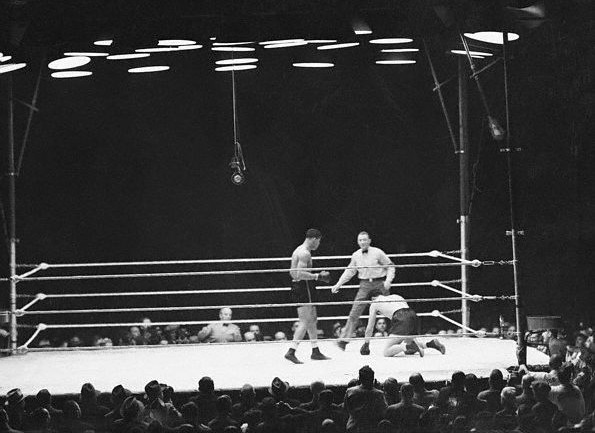
None other than Ernest Hemingway took in the Baer demolition and perhaps best summed up the public perception of Louis at the time: “Too good to be true, and absolutely true . . . the most beautiful fighting machine that I have ever seen.”
Thus Max Schmeling, who had suffered a terrible beating at the hands of Baer three years before, was regarded as just another stepping stone for Louis, whose strength and power had captured the public’s imagination and whose ascension to the heavyweight throne was a question of when, not if. Schmeling was a solid ten-to-one underdog, and yet for all that he appeared curiously confident in the days leading up to the match. “I see something,” was Max’s famous reply when asked by reporters how he had the temerity to appear so irritatingly sure of himself prior to his scheduled execution in Yankee Stadium.

But boxing is at least as much about skill and tactics, intelligence and craft, as it is about physical strength and brute force, and what everyone had overlooked was that Schmeling, a veteran of fifty-nine pro battles, possessed a mastery of timing and counter-punching the likes of which the young Louis had yet to face. Further, what “The Black Uhlan of the Rhine” saw was the novice’s tendency to drop his left hand; Louis was consistently open to the counter right and Schmeling happened to be the owner of a more-than-serviceable right cross.
The opening rounds of the bout were tightly contested as a patient Schmeling allowed Louis to come forward while keeping the younger man honest with frequent feints and light jabs. Max needed Joe to feel comfortable and be willing to let his hands go as the German worked to maintain the distance required to both avoid Louis’ power shots while keep himself in range to fire his own right. A close observer might have noticed that the German was keeping his right hand cocked with his weight constantly on the back foot, the better to throw a spring-loaded counter, but no one as of yet was aware of Schmeling’s strategy. In the second Max tried his first right over the jab but Louis took the blow well.

The fencing match continued in round three as Louis stalked while keeping his left hand perilously low. Joe did connect with some of his heavy artillery, especially jabs and left hooks to the body, but Schmeling’s footwork and feints prevented the young power-puncher from sustaining an effective attack. Still, to the thousands of spectators anticipating another Louis knockout, it must have seemed like only a matter of time before Joe’s constant pressure broke Schmeling down. But in the fourth, there came the turning point.
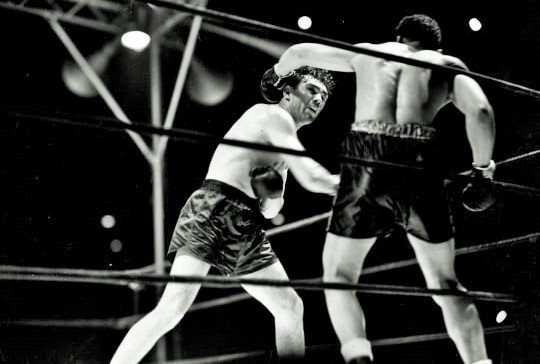
A minute into the round, and with Louis bearing down hard, Schmeling once again moved away to establish the desired distance. As he did, Louis followed and reached out with a slow, pawing jab, more a range-finder than a proper lead, and Schmeling instantly pounced with a vicious counter right. The punch stunned the inexperienced Louis, who could not help betraying the fact that he was hurt, a shocked expression crossing his face as his legs buckled. Schmeling followed up with a flurry of shots punctuated by a perfect right cross that dumped Louis on his backside.
To his credit, the young contender got to his feet immediately and fought back, but his bravery sealed his fate. He gave himself no time to recover from Schmeling’s assault or to adjust to his opponent’s tactics. By aggressively pursuing the former champion, he played right into Max’s hands, absorbing still more flush rights before the round was over.
The rest, as they say, was mere aftermath. The bout appeared competitive on the surface when in fact Schmeling was assuming complete control and methodically taking Louis apart. More and more, Joe looked to be not so much stalking his opponent as haplessly following him about the ring. At the end of the fifth Schmeling landed another thunderous right that had Louis all but out on his feet, and in the sixth the German took over, manhandling and battering “The Brown Bomber” in a manner that had the assembled crowd staring in slack-jawed disbelief.

The pattern continued in the succeeding rounds: Schmeling increasingly confident and aggressive and landing right after right on a stunned Louis. To be sure, Joe had his moments, at times his attack putting Max on the defensive, but it was Schmeling dictating the terms and getting home the truly telling blows. A frustrated and desperate Louis resorted to rough-house tactics, throwing shots below the belt and elbows and forearms above it.
By the ninth Max was landing virtually at will, now connecting with lead rights as well as counter shots, even winning exchanges on the inside with his uppercut, and yet Joe was unwilling, or unable, to adjust, to bring his left hand up and anticipate Schmeling’s attack. Instead Louis absorbed blow after blow and had increasing difficulty making it back to his corner at the end of each round.
There was really no reason to let the contest continue except to see if the young, power-punching phenom, who just minutes before had been the heir apparent to the heavyweight crown, could somehow land the one big shot that could turn things around. Louis was hopelessly behind on points and taking a beating; at the same time, he never stopped trying. Finally, in the twelfth and final round, he succumbed.
It began with the two men battling on the inside and eventually Schmeling got home a stinging uppercut. Louis attempted to counterattack, but the German smothered the assault before throwing a series of left leads, one of which he allowed to dangle briefly in Louis’ face, the better to hide what was coming next: yet another vicious right hand, followed by an equally vicious one-two, and another right that sent Louis staggering into the ropes. It was now mere target practice for the ex-champion as he chased “The Brown Bomber” about the ring and landed fourteen unanswered blows, the final one a flush right that put a stunned and defenseless Louis on his knees before he tumbled to the canvas. Joe shook his head and briefly tried to rise before turning on his face as the referee finished the count and a joyous Schmeling exulted.
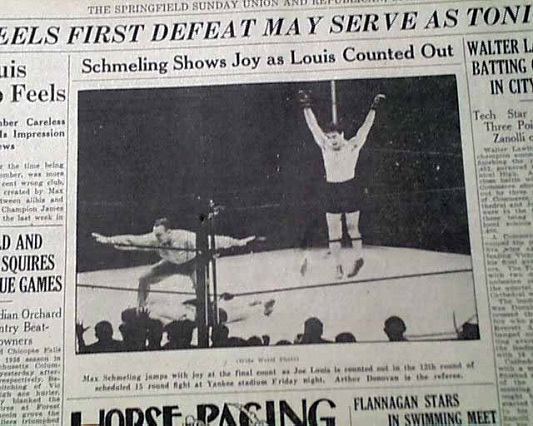
The former champion had bucked the long odds against him and shocked the sports world. And yet it was Louis, not Schmeling, who would soon be rewarded with a shot at the world championship. No doubt this was due to the politics of the time, as Max returned to Germany after his great victory to be hailed by Adolf Hitler and the odious Nazi regime as a national hero. A year later, Louis, after reeling off seven straight wins, including a third round KO of former champion and Schmeling conqueror Jack Sharkey, knocked out Jim Braddock to become the heavyweight king and begin the longest championship reign in boxing history. But there was no questioning that some unfinished business remained. “I want Schmeling,” said Joe after his title-winning effort. “I ain’t no champion ’till I beat Schmeling.”

The rematch, held the following year and again in New York’s Yankee Stadium, was destined to be one of the most significant contests not just in boxing, but in sports history. But that’s another story. And as significant as it is, it should not eclipse the achievement of Max Schmeling in the first Louis vs Schmeling clash, as he scored one of the biggest upsets of all time, and in the process demonstrated that skill, timing and smart tactics can defeat even the most pulverizing of punchers. — Michael Carbert

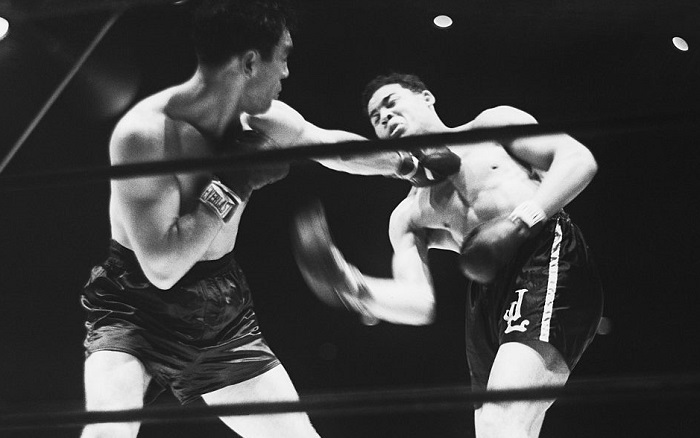
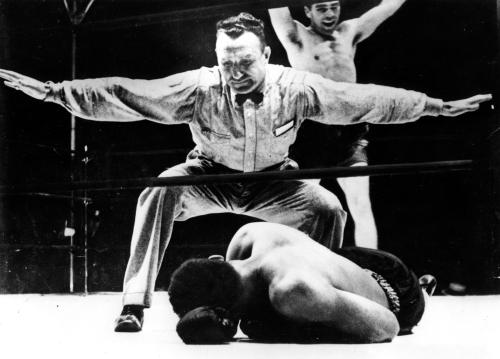

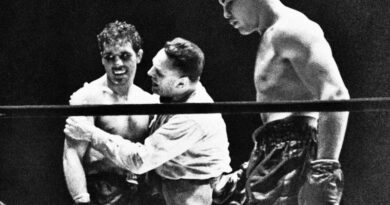
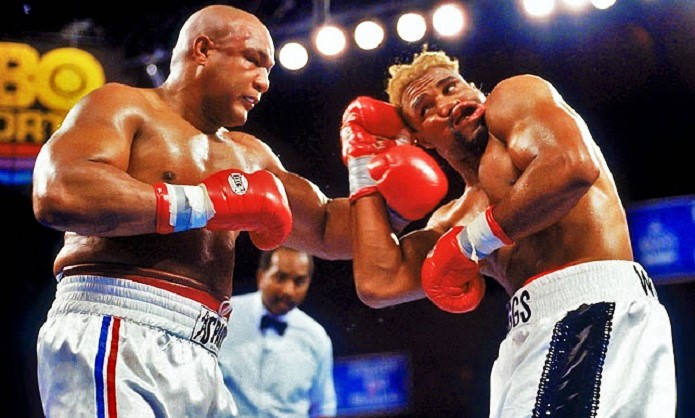
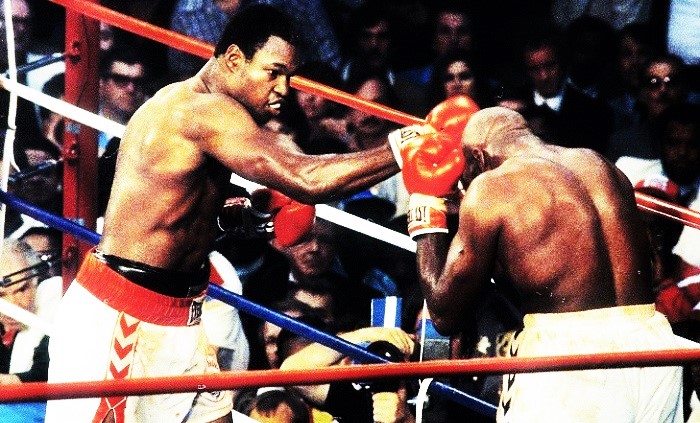
Good article. After the fight was called, Schmeling immediately helped Louis up from the mat. Great sportsmanship.
Max had studied films of Louis’ earlier fights and saw that Joe sometimes dropped his shoulder after throwing a jab, which opened him for a counter right, Schmeling’s best weapon. Max had excellent boxing technique. He knew how to keep out of real danger, while neutralizing Joe’s offense. Many times, “great” upsets, when really examined, are revealed as not having been so unthinkable. As they say, “Look beneath the surface.”